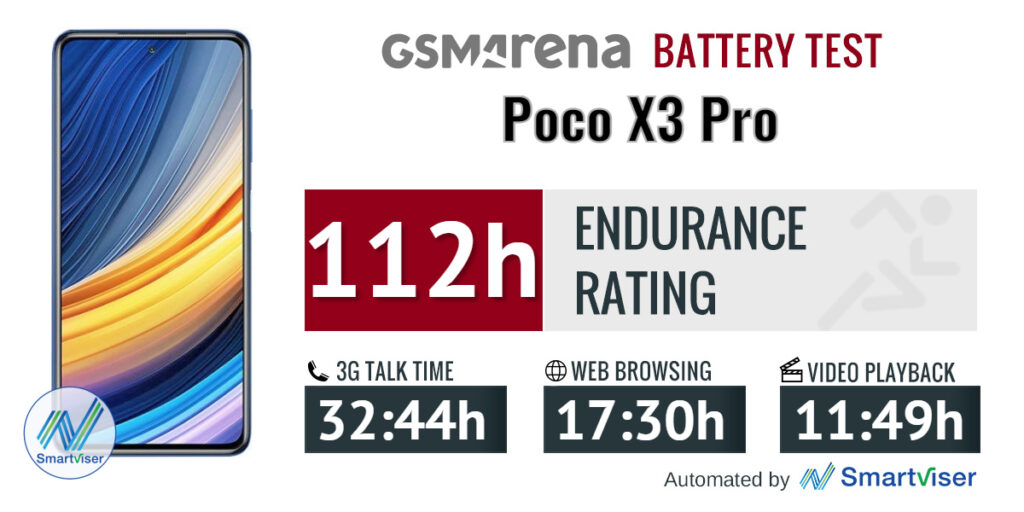Rank Higher on Search Engines
You might have heard that almost 93% of all online interactions start from SEO. By utilizing various SEO techniques, your website can rank first in Google and provide you the visibility and profits you need to grow. If you think you have an existing Ada County, website design that utilizes effective SEO techniques, that’s great. But if you are still in the process of growing your strategy, here are quick tips to help you maximize it.
-
Introduce a SSL Certificate.
The first component you can improve to make your site discovered online is a SSL endorsement. SSL is the little green lock that you see on the upper left corner of your browser. It tells Google and your program that you have a secured site.
There are many benefits that come with having a SLL secured site such as Protects Sensitive Information from Prying Eyes, Provides Authentication for Users, PCI Compliance Requires, Avoid Browser Alerts and Shut-Downs, Google Ranking Will Improve. This can be a straightforward and easy process that can be achieved by calling your web host provider, paying a nominal fee and telling them that you want it installed on your site.
-
Make Your Website Mobile Responsive.
According to Statista, as of 2019, mobile devices, excluding tablets, generated about half of all website traffic globally. Out of this website traffic, 60% of those using smartphones have contacted a business directly using the search results. These statistics support the importance of providing a mobile friendly website in ensuring that your business stays relevant.
-
Focus on One Main Keyword per Page.
When considering SEO for your site, focus on one keyword per page at a time. Each additional page out of your homepage, needs to deal with a singular idea–the focus keyword or keyword phrase.
-
Use One Title H1 Per Page.
Every page in your website needs at least one title. Most websites call this title, an H1 title. It’s the first that catches the attention of your audience due to its big print.
If it were a newspaper, the title we are referring to would be the headline. Every website page needs to have only one H1 on each page. You can have several H2s and lots of content, but stick to have only one H1 per page.
-
Boost your Website by Working on its Load Speed.
In a study involving 5 million desktop and mobile pages, it was discovered that the average time it takes to fully load a webpage is 10.3 seconds on desktop, and 27.3 seconds on mobile. This average seems to fall behind the decreasing attention span of users from 12 to 8 seconds.
Thus, your website must load fast to limit bounce rates. Bounce rates tell search engines that users don’t find the page content useful, affecting your ranking. To avoid this, it is important to make your website lighter by utilizing · Smaller Optimized Images (Sizes),
- A Good and Fast Hosting Provider,
- A Few Good Current Plugins,
- Minimum Script Calls, and
- A Fast & Current Theme.
-
Label Images Properly.
As a part of your website, all images need to be optimized for fast loading. For SEO purposes, images also need to be named with keywords included.
For example, logos should not be called “logo.jpg”. Instead, they should be labeled using your company’s name such as DFW-Website-Designers-Company-Logo.jpg. All the images must be appropriately named and tagged. Otherwise, you miss out on additional indexing.
-
Provide Great Content.
According to statistics, 70% of people would rather get information about a company or learn something from an article or blog post than from a traditional advertisement. In 2019, roughly 30% of users have started blocking advertising on their connected devices. The preference of content over advertisement shows the impact of providing great content to your readers, thus knowing your crowd and understanding their inclinations is basic.
You need to provide information they need to know with enough details that explain your product or service easily. Search engines like Google are always looking for websites with great content that help clients make decisions about products and services.
-
Consider Adding a Blog.
If you’re great with content, one easy way to maximize it is by adding a blog. A blog is a regular article that adds value to your website. In order to make it work, it’s always good to pick a frequency for blog posting and stick to it.
Many clients try to begin with a daily pattern which can be difficult if you’re not an expert or just starting out a business. The safer route is to blog monthly or weekly. Not doing so is a disservice to yourself and your clients.
-
Keep your Content to at Least 400 Words.
So what’s the ideal word count to shoot for when writing a blog or an article? SEO experts have varying opinions on what constitutes the optimal content length for your website considering factors such as categories and website speed. Beginning with a 400 word content though is always a safe bet when creating a content for your website.
This can already include background, its key features, nice images, and if applicable pricing, Furthermore, it’s also a good practice to break up content with small paragraphs, include frequent H2 titles, and utilize bullet points and list to make it easily readable.
-
Answer Common Questions & Definitions.
Finally, high ranking content tends to answer frequently asked questions about your product and services. Write concise and detailed information about these answers and Google will reward with higher search ranking.
Now that you know that there are many ways to improve SEO for your website, there should be nothing to slow you down.








